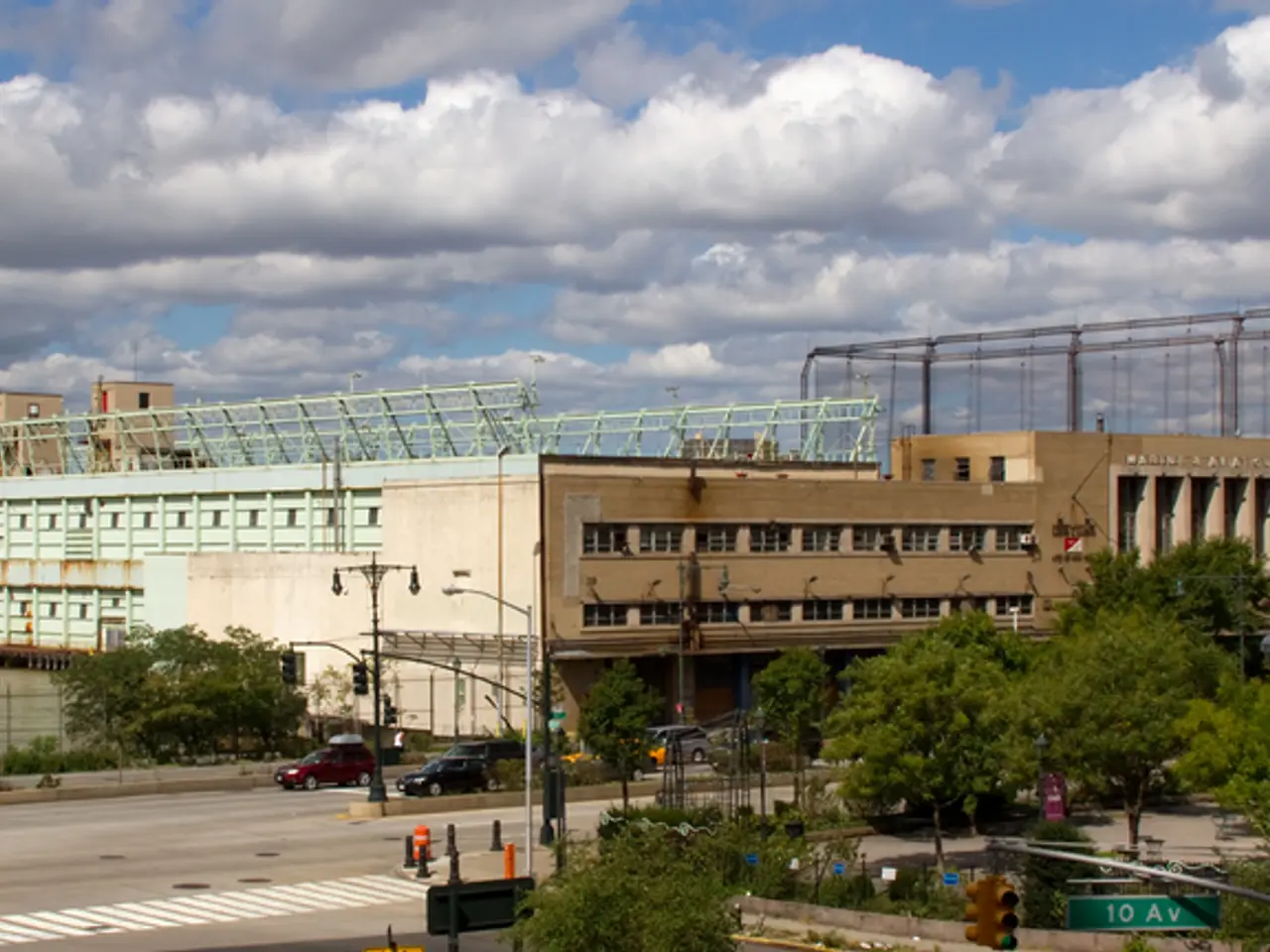Investigating the Forthcoming Development of Structured Prediction in Artificial Intelligence
In the rapidly evolving world of artificial intelligence (AI), the future of structured prediction is closely tied to advancements in AI architectures, algorithms, and the pursuit of models with near-human levels of comprehension and intuition.
Machine learning (ML), a critical area of innovation, powers numerous applications including natural language processing and predictive analytics. Among these, structured prediction stands as a fascinating and fruitful area of machine learning, with the potential to significantly impact the future of AI.
Unlike traditional ML models, structured prediction models handle multiple interdependent variables, requiring a more sophisticated approach to learning and inference. In the realm of computer vision, these models enable models to understand and delineate the composition of images, recognizing individual objects and comprehending relationships and interactions between them.
In Natural Language Processing (NLP), structured prediction models are employed in tasks such as Part-of-Speech Tagging, Named Entity Recognition (NER), Dependency Parsing, and Machine Translation. These tasks require models to navigate the complex structure of words and sentences to generate coherent and contextually relevant outputs.
In the domain of Computer Vision, structured prediction is applied to Image Segmentation, Object Detection, Pose Estimation, and Scene Understanding. These tasks require modeling the output space's structure, often using graphical models like Conditional Random Fields (CRFs), structured Support Vector Machines (SVMs), or neural architectures with structured loss functions.
The journey of structured prediction from theoretical explorations to impactful real-world applications demonstrates the power of AI and the ingenuity of those in the field. Deep learning, particularly Recurrent Neural Networks (RNNs) and Convolutional Neural Networks (CNNs), have shown remarkable success in structured prediction tasks.
However, the advances in structured prediction also bring forth challenges and ethical considerations. Developing responsible models that leverage data for learning while respecting ethical boundaries is crucial. The integration of structured prediction with emerging fields like quantum computing and neuroscience could unlock untapped potentials of machine learning.
The exploration and contribution to the evolving landscape of structured prediction continue to excite and inspire. Real-world applications of structured prediction are vast and varied, including natural language processing tasks such as machine translation, summarization, and sentiment analysis. The future of AI is undoubtedly intertwined with the continued development and refinement of structured prediction models.
References: [1] A Survey on Structured Output Learning for Computer Vision [3] Structured Prediction in Machine Learning [4] A Primer on Structured Prediction
Technology plays a crucial role in the advancements of artificial-intelligence-powered structured prediction models. Machine learning, particularly deep learning models like Recurrent Neural Networks (RNNs) and Convolutional Neural Networks (CNNs), are instrumental in achieving near-human levels of comprehension and intuition in structured prediction tasks.




